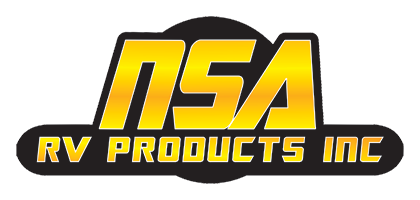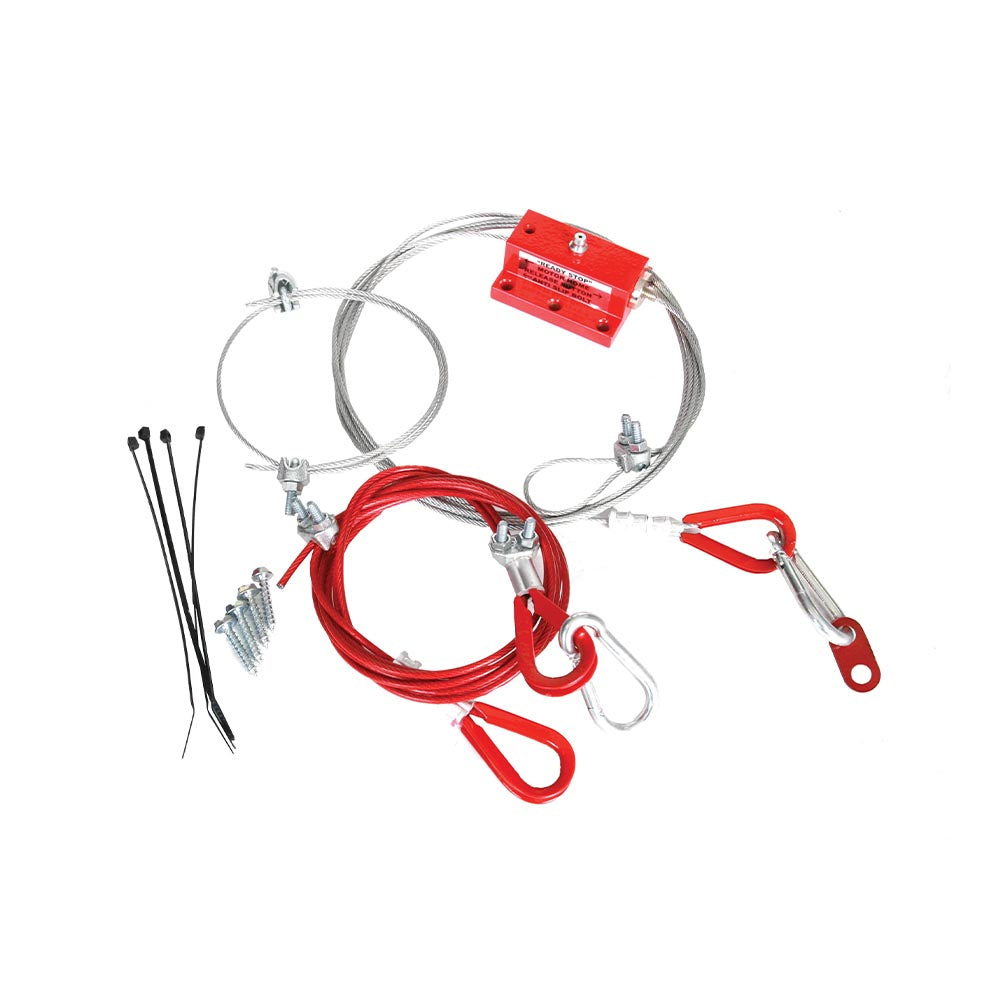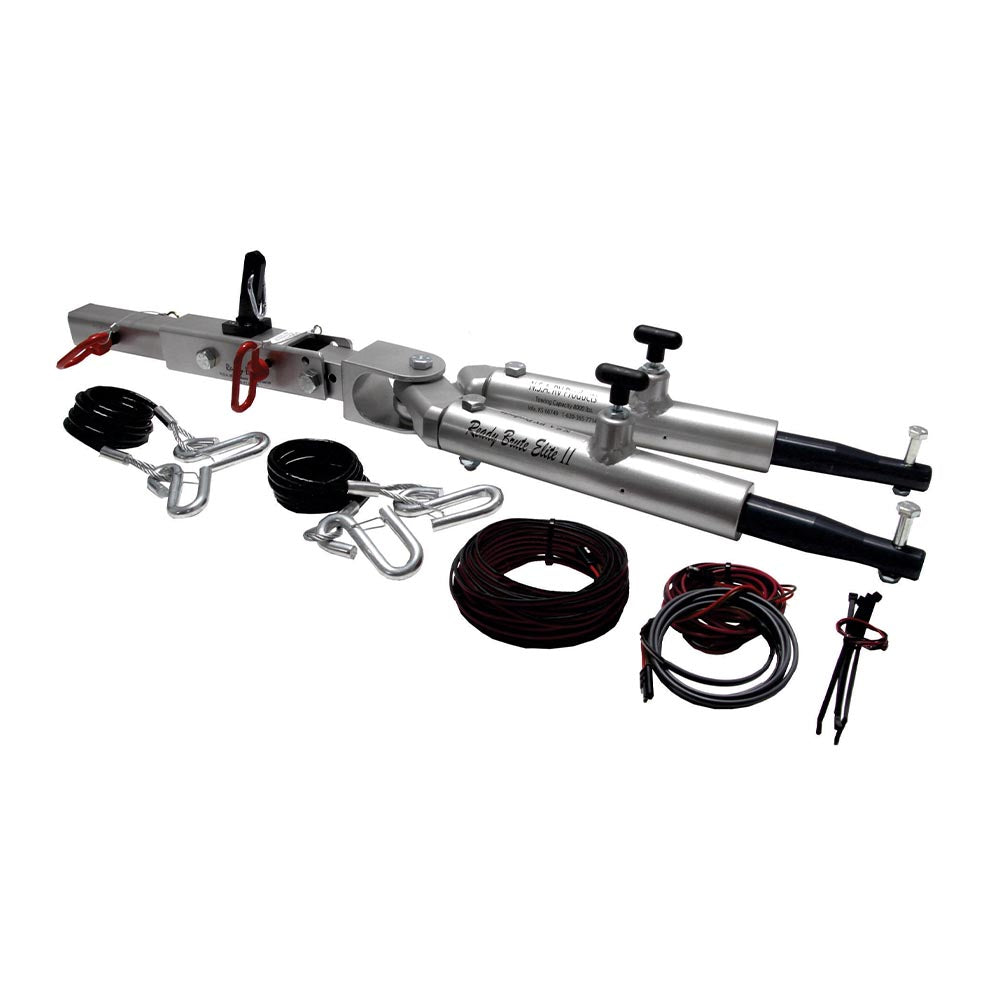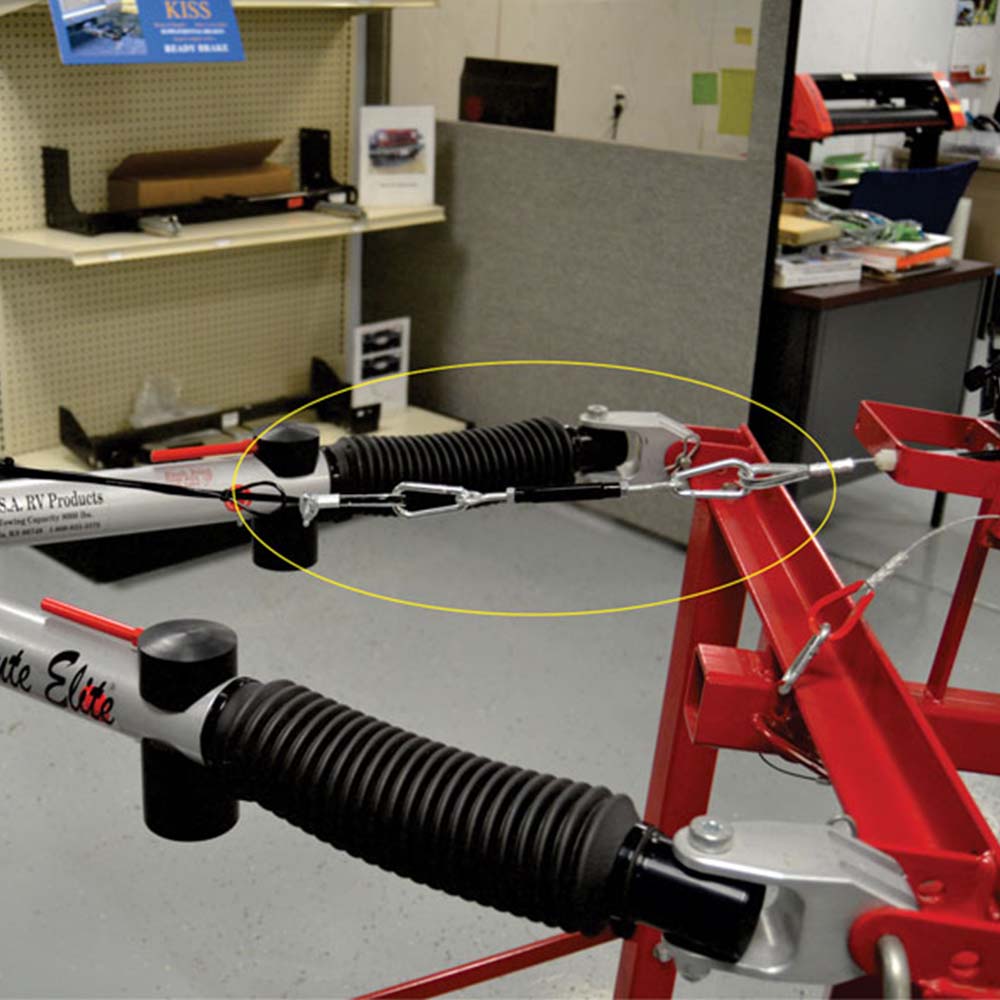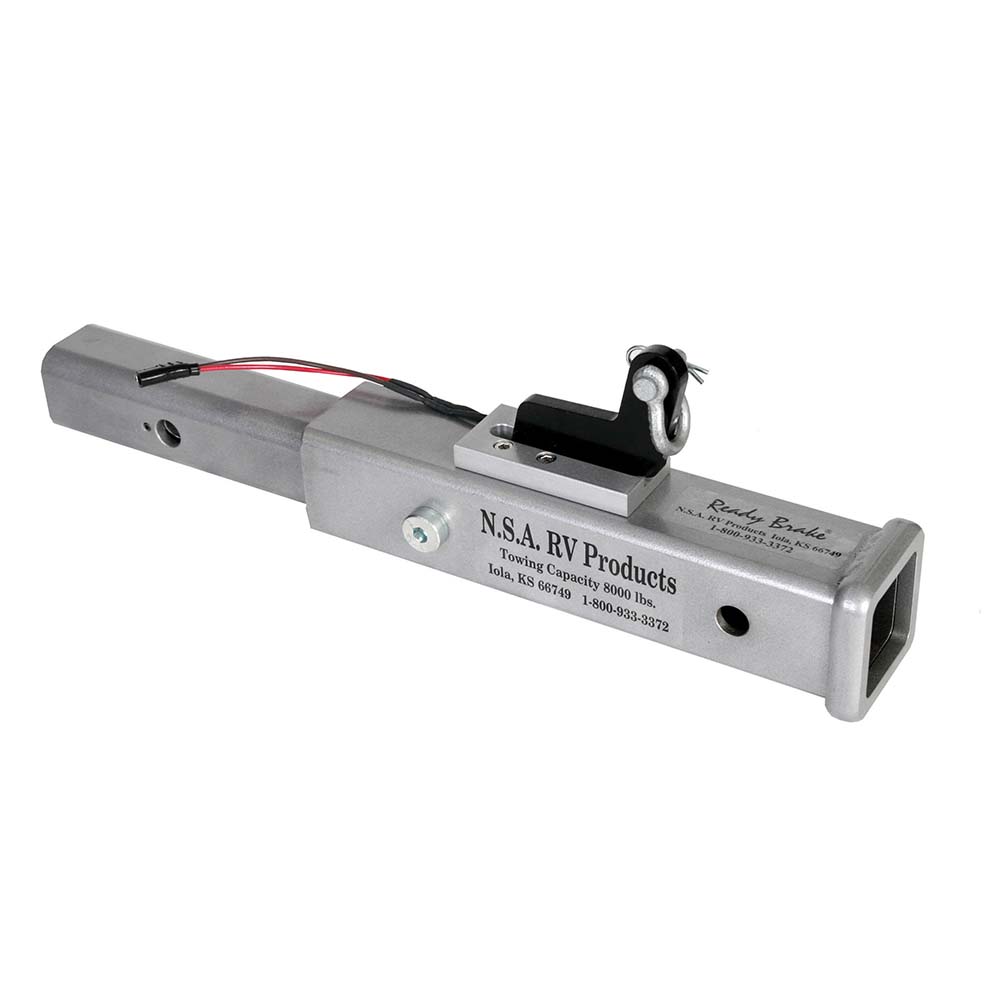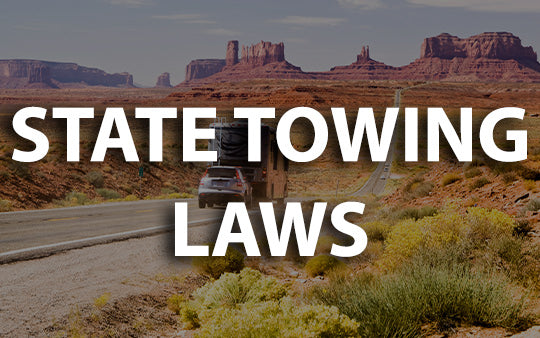State Towing Laws
TOW BRAKE LAWS FOR STATES AND PROVINCES

Special Requirements States and Provinces:
*No matter where your vehicle is registered, you must obey the towing laws in a given State or Province that you travel through. Please refer to our map showing the requirements for North America. Weights listed are the maximum weight a trailer or towed vehicle can weigh before a supplemental brake is required. A star in the State or Province means a break away system is also required with the same vehicle weight requirements as the brake.
- Oregon - Independent braking system not required, but combination of vehicles must be able to stop within legal limits.
-
Wyoming, Kansas - Every combination of vehicles must have a service braking system that will stop the combination of vehicles within 40 feet from an initial speed of 20 mph on a level, dry, smooth, hard surface.
-
Missouri - Independent braking system not required except on trailers coupled by a 5th-wheel and kingpin.
-
Kentucky - Kentucky law does not specifically require brakes on many passenger car trailers, regardless of weight. However, vehicles singular or in combination must be able to stop within distance specified by statute.
-
New Jersey - Every trailer and semitrailer must have brakes that can be automatically applied upon break-away from the towing vehicle, and means shall be provided to stop and hold the vehicle for an adequate period of time.
In any combination of motor vehicles, means shall be provided for applying the trailer or semitrailer brakes in approximate synchronism with the brakes on the towing vehicles and creating the required braking effort on the wheels of the rear-most vehicle at the fastest rate, or means shall be provided for applying the braking effort first on the rearmost vehicle equipped with brakes.
Brakes are required on all wheels for all trailers or semitrailers with a gross weight over 3,000 pounds; provided. The gross weight of any such trailer without brakes shall not exceed 40% of the gross weight of the towing vehicle.
-
Delaware - Every motor vehicle when operated on a highway shall be equipped with brakes adequate to control the movement, and to stop and hold such vehicle and any trailer attached thereto, including 2 separate means of applying the brakes.
- Newfoundland - The service brakes on a combination of vehicles must be capable of bringing the motor vehicle and a fully loaded combination of vehicles to a standstill at 30 km/h under the following conditions: (1) in a straight line; (2) within 10 meters from the point at which the brakes were applied; and (3) on a dry and level paved surface made of either asphalt or concrete that is free from.
*No matter where your vehicle is registered, you must obey the towing laws in a given State or Province that you travel through. Please refer to our map showing the requirements for North America. Weights listed are the maximum weight a trailer or towed vehicle can weigh before a supplemental brake is required. A star in the State or Province means a break away system is also required with the same vehicle weight requirements as the brake.
HOW TO TOW LEGALLY ANYWHERE:
Dinghy towing, 4 wheels down and flat towing are different ways to say that you are towing an automobile behind a motor home or RV. Some people call the towed vehicle a toad. No matter how you say it, in order to tow a vehicle behind a motorhome or RV legally in any State or Province you must have a base plate bracket installed on the "toad" to connect a tow bar to, you need a tow bar and safety cables, a supplemental braking system, a break away system and a light kit to display stop, turn and running lights on the toad.
NSA RV Products, Inc. offers the best choice for a supplemental braking system that is integrated into a tow bar that we call the Ready Brute Elite II. We offer the best break away system to use with it as well, our RS-5000 Ready Stop. Our Ready Brake tow brake is mechanical and does not require any electricity to operate so it will not wear down your towed vehicle battery. Nothing from our tow brake has to push against your brand new leather driver seat causing rips like other brake systems can do.
Although every attempt has been made to verify this information through several different sources, NSA RV Products, Inc. does not guarantee it's accuracy and assumes no responsibility for errors. Please consult your State or Provincial transportation agency for the most current information. Some information was provided from AAA's website linked here.
